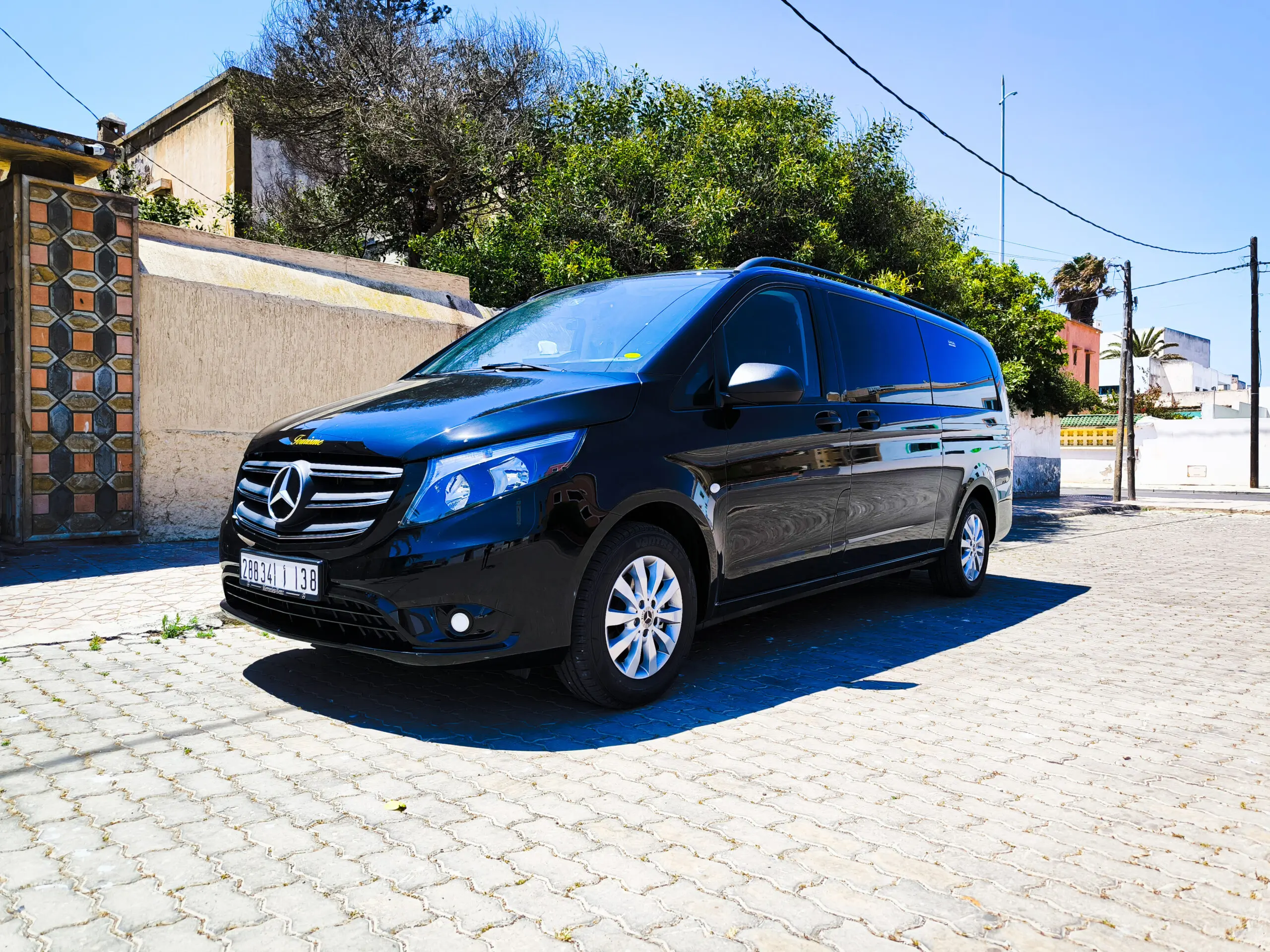Welcome to Morocco Tours Agency, your trusted and experienced Morocco tour operator, we are here to help you explore the magic of Morocco, as a local travel agency in Morocco, we specialize in organizing tours in Morocco that suit your preferences, budget, and schedule. Whether you’re dreaming of walking through the colorful streets of Marrakech, discovering the historic charm of the medinas in Fes, or enjoying a camel ride over the majestic Sahara Desert dunes, we’ve got the perfect trip for you.
Our team focuses on creating authentic and memorable experiences, whether you’re looking for cultural tours, family-friendly adventures, or romantic getaways. From the imperial cities of Rabat and Meknes to the Atlas Mountains’ scenic beauty and Essaouira’s coastal charm, we ensure you get a complete taste of Morocco.
With years of experience, we aim to make your trip easy and stress-free, offering comfortable transport, knowledgeable guides, and handpicked accommodations. Trust our Agency, the reliable choice for anyone looking for customized tours in Morocco, to make your visit unforgettable. Book with a local Moroccan agency and let us bring your travel dreams to life!
Looking for car and van rentals with a driver in Morocco? Morocco Tour operator has got you covered! Our extensive fleet offers the best prices for groups and families, featuring a variety of vehicles from luxurious and VIP options to affordable choices. Whether you need 5, 10, or 15 seats, we have the perfect vehicle for your needs.
Book now to ensure you experience the ultimate convenience and comfort. With a private, knowledgeable, and expert driver, you can sit back, relax, and enjoy your journey through Morocco. Our professional drivers are well-versed in all Moroccan locations, adding a special touch to your travel experience.
Hiring a car and driver in Morocco is easy and hassle-free with Morocco Travel agency. Reserve your vehicle today and discover the beauty of Morocco with the best in transportation services.
